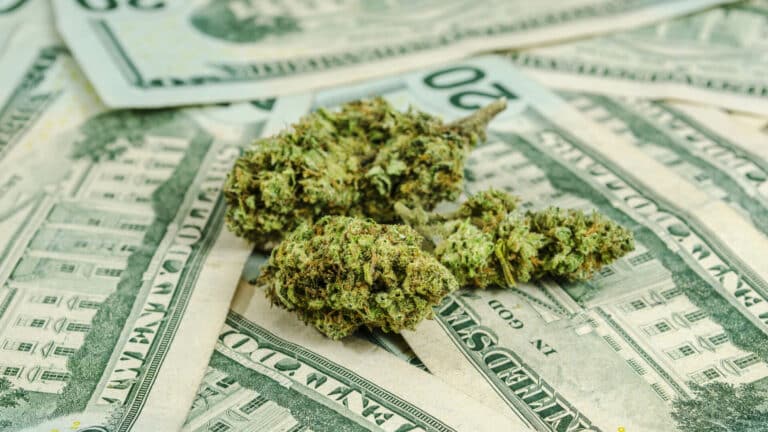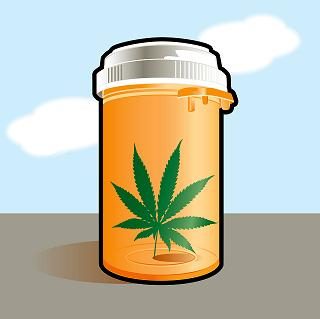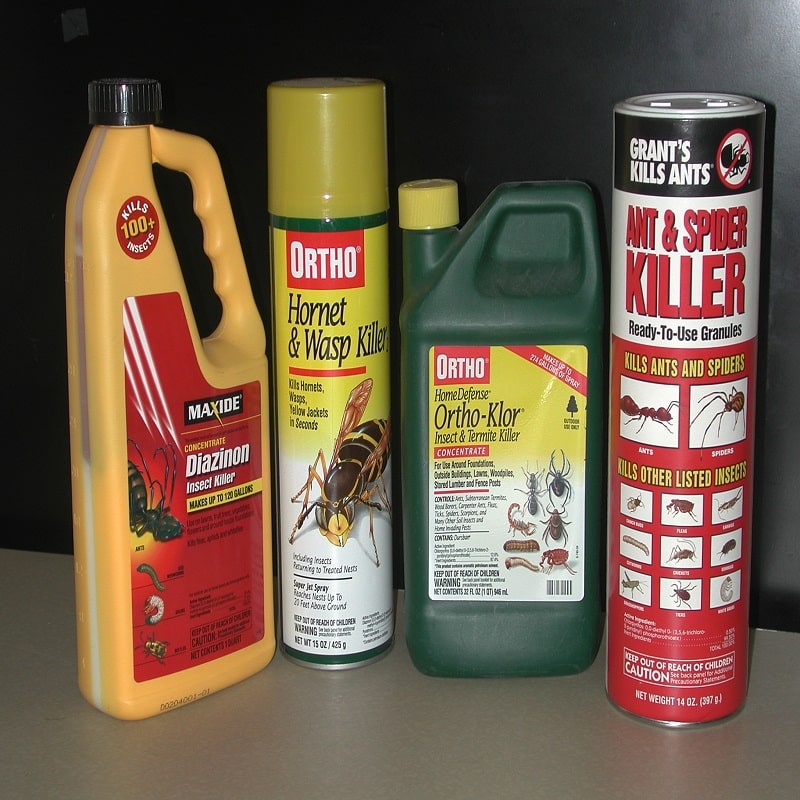This year’s annual Monitoring the Future (MTF) survey on the habits of 8th, 10th, and 12th graders was released Wednesday, and most of the results were uncontroversial. But with two states having already legalized marijuana for adults and opinion polls suggesting more and more Americans are ready to move ahead with legalization, battles are raging over the numbers on teen marijuana use and what they mean.
The survey found that for most drugs, teen use levels are stable or declining. Synthetic marijuana use was down, as was cigarette smoking, alcohol drinking, and the use of inhalants, synthetic stimulants, prescription opioids, salvia divinorum, and hallucinogens other than LSD.
Drugs where teen use levels were stable included LSD; amphetamines; Adderall, specifically; Ritalin, specifically; ecstasy; cocaine; crack; heroin; methamphetamine; crystal methamphetamine; sedatives; tranquilizers; Rohypnol; Ketamine; and steroids. For most of these drugs, use levels even in 12th grade were quite low. For instance, 2.2% of seniors reported using LSD, 2.3% reported using Ritalin, and 4.0% reported using ecstasy.
When it comes to marijuana, 23% of seniors said they smoked in the month prior to the survey, 18% of 10th graders did, too, and so did 12% of 8th graders. Some 6.5% of seniors reported daily use, as did 4.0% of 10th graders, and under 2% of 8th graders.
It helps to put those numbers in historical perspective. All of the numbers are above the historic lows in teen drug use reported at the end of the Reagan-Bush era in the early 1990s, but well below the historic highs in teen drug use reported in 1979, just before the Reagan-Bush era began.
For seniors, the all-time low for monthly use was 11.9% in 1992, but the recent high was 23.1% in 1999. This year’s 22.7% is actually a decline of two-tenths of a percent from 2012, and in line with figures for the past decade showing rates hovering in the upper teens and low twenties. It’s a similar story at the younger grade levels.
The survey also found that the notion that regular use of marijuana is harmful is losing favor among teens. Only 39.5% of seniors saw it as harmful, down from 44.1% last year, and down significantly from views over the past two decades.
Despite the relative flatness of the marijuana use numbers, some warned that the sky is falling, cherry-picking the numbers and warming to favored themes to support their points of view.
“Let these numbers be a wakeup call to parents and decision-makers alike,” said Kevin Sabet, a former senior drug policy advisor in the Obama Administration now serving as the director of Project SAM (Smart Approaches to Marijuana). “There is no way to properly ‘regulate’ marijuana without allowing an entire industry to encourage use at a young age, to cast doubt on the science, and to make their products attractive — just like Big Tobacco did for 50 years. Today’s Big Marijuana is no different.”
“These increases in marijuana use over the past few years are a serious setback in our nation’s efforts to raise a healthy generation of young people,” said Gil Kerlikowske, director of the Office of National Drug Control Policy. “Teens deserve to grow up in an environment where they are prepared to meet the challenges of the 21st century, and drug use never factors into that equation. Today’s news demands that all of us recommit to bolstering the vital role prevention and involved parenting play in keeping young people safe, strong, and ready to succeed.”
“This is not just an issue of increased daily use,” said Nora Volkow, director of the National Institute on Drug Abuse(NIDA) “It is important to remember that over the past two decades, levels of THC — the main psychoactive ingredient in marijuana — have gone up a great deal, from 3.75% 1995 to an average of 15% in today’s marijuana cigarettes. Daily use today can have stronger effects on a developing teen brain than it did 10 or 20 years ago.”
Volkow also latched onto figures showing that 12% of 8th graders had tried marijuana in their lives.
“We should be extremely concerned that 12% of 13- to 14-year-olds are using marijuana,” Volkow added. “The children whose experimentation leads to regular use are setting themselves up for declines in IQ and diminished ability for success in life.”
In 2012, MTF added questions about where students obtain marijuana. In states that have medical marijuana, 34% of pot-smoking seniors said one of the ways they got their marijuana was through someone else’s prescription (recommendation). And 6% said they got it with their own recommendation.
“A new marijuana industry is forming in front of our eyes, and make no mistake about it: they are delighted their customers — today’s youth — consider their product safe,” remarked former Congressman Patrick J. Kennedy, a Project SAM cofounder. “The rise of legalization and medical marijuana has sent a message to young people that marijuana use is harmless and non-addictive.”
But while the drug czar, Dr. Volkow, and Project SAM were sounding the tocsin about the threat of teen marijuana use, others reacted more calmly, taking solace from the findings that teen cigarette smoking and drinking, not to mention other drugs, had declined.
“These findings should put to rest any claims that reforming marijuana laws and discussing the benefits will somehow contribute to more teens using marijuana,” said Mason Tvert, director of communications for the Marijuana Policy Project. “It’s time for prohibition supporters to stop hiding behind teens when debating marijuana policy.”
The declines in teen cigarette smoking and drinking show that regulation — not prohibition — is the way to address substance use, Tvert said.
“Regulation clearly works and prohibition has clearly failed when it comes to protecting teens,” he argued. “Regulating alcohol and tobacco has resulted in significant decreases in use and availability among teens, and we would surely see similar results with marijuana. At the very least, this data should inspire NIDA and other government agencies to examine the possibility that regulating marijuana could be a more effective approach to preventing teen use.”
Article From StoptheDrugWar.org – Creative Commons Licensing – Donate









